Kenya’s tourism sector is set for a significant boost following the unveiling of nine regional tourism circuits by the Ministry of Tourism and Wildlife.
Launched as part of the broader Tembea Kenya initiative, the circuits aim to diversify Kenya’s tourism offerings and promote lesser-known attractions, targeting both domestic and international tourists.
These circuits, covering all 47 counties, mark a renewed effort to reimagine the country’s tourism landscape and present Kenya as a destination that offers a wide array of experiences ranging from adventure and culture to eco-tourism and wellness.
The launch event, held in Kisumu County, was graced by Cabinet Secretary for Tourism and Wildlife, Hon. Rebecca Miano, who underscored the importance of the circuits in reinvigorating Kenya’s tourism industry.
Miano emphasized that these circuits would provide travelers with holistic and immersive experiences, taking them on a journey through Kenya’s diverse attractions. She highlighted the initiative’s focus on aligning with global travel trends, while emphasizing conservation and sustainability.
The circuits are designed to cater to various niche markets, including adventure, sports, cultural tourism, eco-tourism, and wellness tourism, offering something for every type of traveler.
The nine tourism circuits span different regions: the Nairobi Circuit, Central Kenya Circuit, Coastal Circuit, Northern Circuit, Western Circuit, Southern Circuit, North Rift Circuit, South Rift Circuit, and Eastern Circuit.
Each circuit showcases unique features from the respective regions, ranging from Nairobi’s urban culture to the beaches and marine life of the Coastal Circuit, the desert landscapes in the Northern Circuit, and the rich cultural heritage of the Western Circuit.
This regional approach is expected to encourage travelers to explore Kenya in a more immersive way, highlighting attractions that were previously overlooked or underdeveloped.
One of the core goals of the Tembea Kenya initiative is to stimulate domestic tourism by encouraging Kenyans to explore the beauty and diversity of their own country. To achieve this, Miano announced plans for targeted marketing campaigns to promote the circuits among local travelers.
She urged Kenyans to savor the diverse experiences their home regions have to offer, and revealed that the Ministry will be launching a nationwide photo contest, inviting citizens to share images that capture the essence of their regions. The initiative not only promotes tourism but also encourages pride in local culture and heritage.
The unveiling of the nine circuits coincided with Kenya Tourism Week celebrations, which took place in Kisumu County. As part of the celebrations, various events and activities were organized to highlight the unique tourist attractions of the region, including visits to Ndeere Island and tree planting at Kajulu Hills.
Cultural showcases, such as fashion shows and street art displays, also took center stage. The involvement of local youth was a key element of the celebrations, with hackathons and other programs providing platforms for young people to demonstrate their innovation and creativity in promoting tourism.
Narok County Governor, Patrick Ole Ntutu, who chairs the Council of Governors’ Tourism and Wildlife Committee, expressed strong support for the new circuits.
He called for increased government investment in the tourism sector, pointing out that tourism, if properly developed, has the potential to become the largest contributor to Kenya’s GDP and a major source of employment, particularly for the youth.
Ntutu emphasized the immense potential of the tourism sector in driving economic growth across counties, and he pledged to advocate for greater prioritization of tourism at the county level.
According to Ntutu, the new circuits provide an opportunity for counties to harness their unique attractions and contribute to the national economy.
Youth engagement and participation were key themes at the event, as evidenced by the tourism excellence awards that were presented. Categories like Start-up Company of the Year, Conservation Champion of the Year, Travel Content Creator of the Year, Peace Advocate, and Community Impact Award recognized the contributions of individuals and organizations making a positive impact in tourism and conservation.
The youth-driven hackathon also garnered attention, producing an innovative technology-based solution for conference packaging, which could further enhance Kenya’s tourism sector.
Principal Secretary for Tourism, John Ololtuaa, reiterated the Ministry’s commitment to working closely with county governments to enhance the competitiveness of tourism destinations across all regions.
He noted that the circuits would enable the Ministry to focus efforts on increasing bed nights, lengthening visitor stays, encouraging repeat visits, and ultimately improving the overall visitor experience.
By collaborating with counties, the Ministry aims to address any existing gaps in infrastructure and services, ensuring the growth of tourism nationwide.
Kenya Tourism Board (KTB) CEO, June Chepkemei, emphasized that the KTB would play a key role in marketing the circuits to highlight Kenya’s diverse attractions. She pointed out that promoting tourism in all counties would drive inclusive growth and solidify Kenya’s position as a must-visit destination for both local and international travelers.
Chepkemei highlighted that by showcasing the unique offerings of every region, the circuits will spread tourism benefits more evenly, helping to uplift local economies and create opportunities for communities across the country.
The unveiling of the nine tourism circuits marks a major milestone in Kenya’s tourism strategy, offering travelers new, exciting, and diverse experiences.
By promoting regional tourism and focusing on emerging travel trends, Kenya is poised to enhance its reputation as a top global destination while boosting domestic travel. The circuits have energized the tourism sector, with county governments, local communities, and youth actively participating in shaping the future of Kenya’s tourism industry.
As the Kenya Tourism Week celebrations come to a close, it is clear that the country’s tourism landscape is set to enter a dynamic new phase, with the circuits playing a crucial role in driving sustainable growth and enhancing the visitor experience.
Source: Standard Media

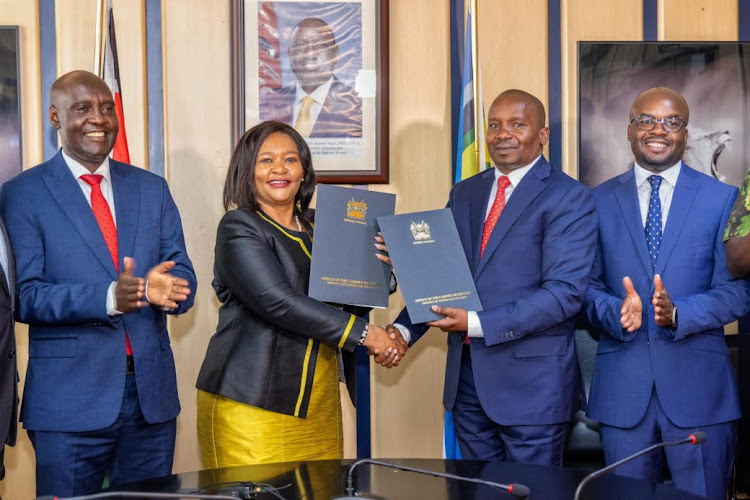
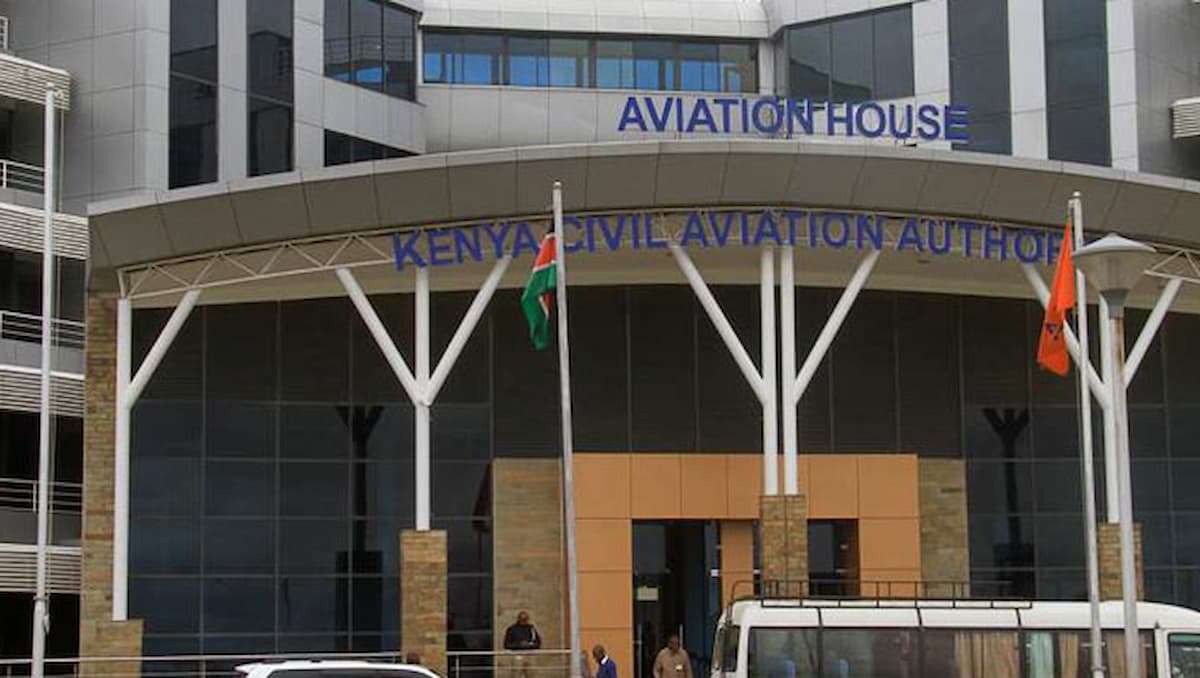


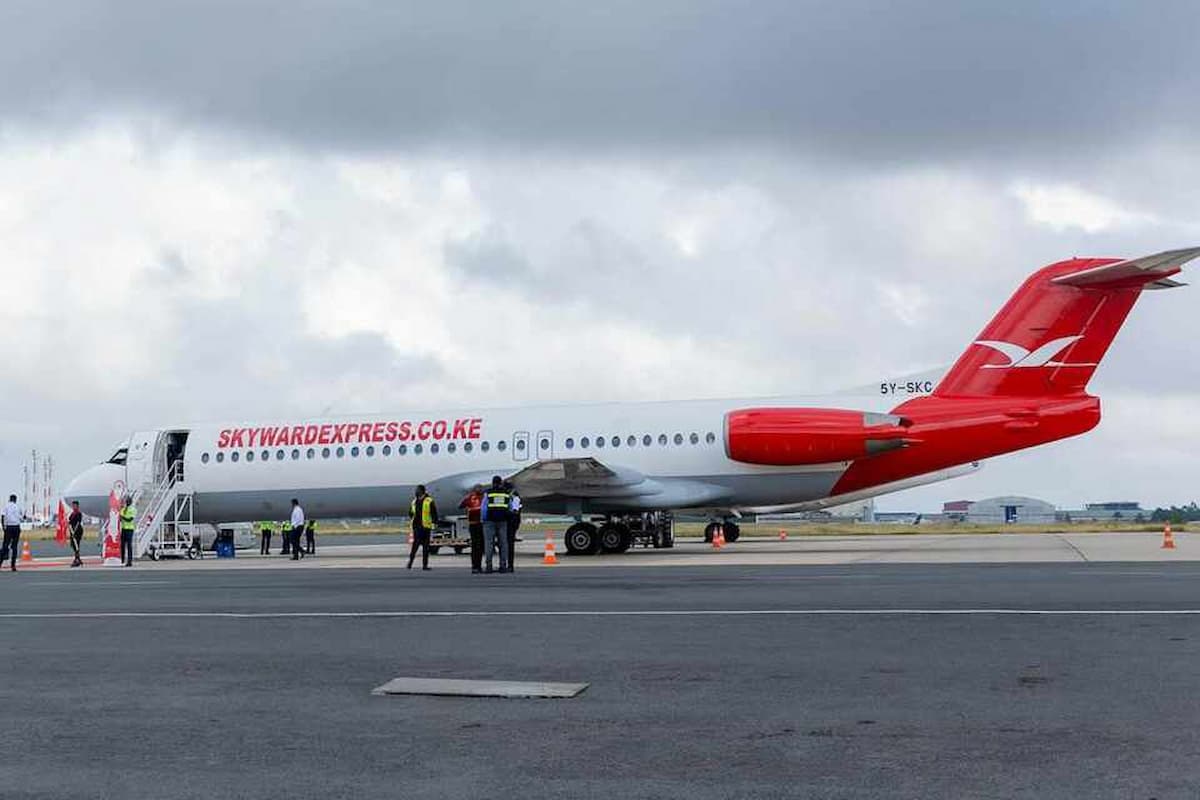
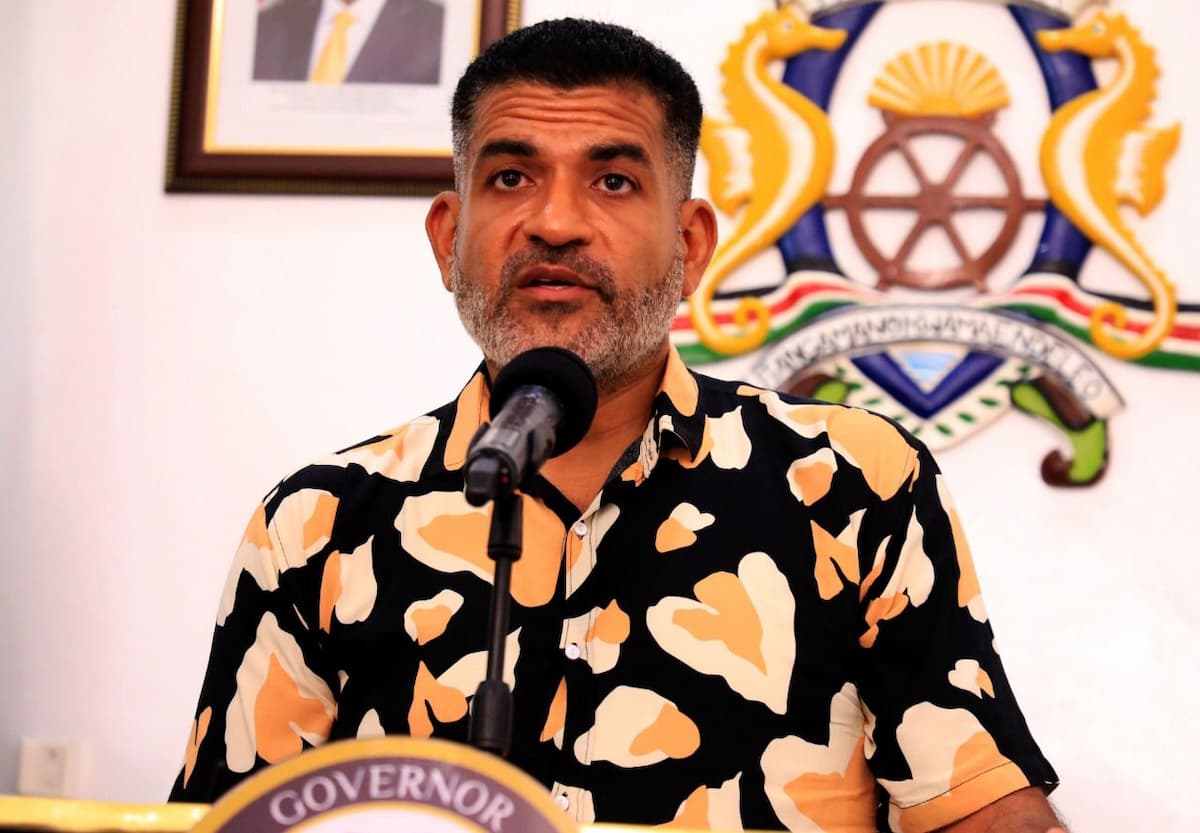



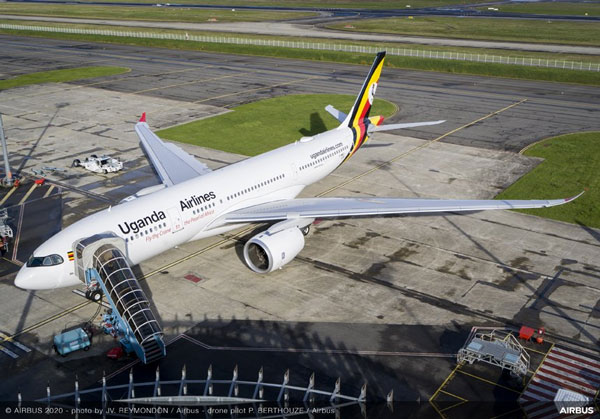
 The writer, Derek Nseko is an aviation analyst and CEO at Airspace Africa Email:derek@airspace-africa.com
The writer, Derek Nseko is an aviation analyst and CEO at Airspace Africa Email:derek@airspace-africa.com